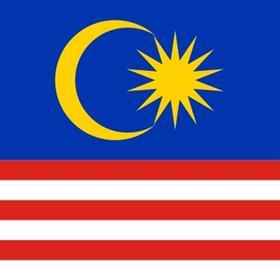
Major Malaysian fruit importers are reporting steady demand in the run-up to Chinese New Year.
Mandarins remain the staple purchase for the festivities, and Chop Tong Guan’s Koay Swee Aik told Fruitnet.com that there looked to be a good balance between supply and demand this year.
The majority of mandarins come in from China, and Mr Koay said that supply volumes are slightly lighter than normal.
“The crop is down a little, so the price is up a bit,” he said. “Our sources show that over 900 containers have been loaded from Xiamen port this year, versus 1,100 containers last year. Import volumes appear to be down by around 10 per cent compared with last year, so we expect the market to be stable.”
The downturn in Chinese mandarin volumes, which are predominantly sourced from Fujian province, owed to a couple of key factors, according to Mr Koay. “Lack of water during the May to July growing season last year and then rainfall and a sudden drop in temperatures during the harvest period mean that the supply is a bit shorter,” he said.
Jeffrey Tan of Khaishen Trading, another leading importer, said Chinese mandarin volumes appeared to very similar to last year, and that the downturn was more limited to so-called “sugar mandarins”.
“The supply of Lokam mandarins is similar to last year but it’s the sugar mandarins that are down because of rain during harvest,” he said.
Overall Chinese New Year demand for fresh fruit imports is shaping up well, albeit after a slow start, he noted.
“People have only just started buying but it’s starting to pick up,” he said. “The market is quite similar to last year year; it’s quite good.”
With Chinese New Year demand only kicking in last week (end of January) and set to remain strong through to 14 February, there is a relatively limited window to move fruit, he noted. “The market could come under a little bit of pressure because the buying only just started,” said Mr Tan.
While mandarins are dominating sales, other fruits are also proving popular for the festivities. “We’ve been bring in peaches, plums and nectarines by air from Victoria in Australia, and then there are products like mandarins from Taiwan and apples and oranges from the US,” said Mr Tan. “It’s quite similar to last year.”
Chinese apples and pears are also key sellers, though Mr Koay noted that Fuji apples from Shandong are more expensive this year.
Table grapes, meanwhile, are mainly coming from South Africa, as early Australian volumes have been pegged back by lower production and smaller sizes. “The prices are stable on South African grapes this year because they’ve had good demand from other markets like Russia and the Middle East,” Mr Koay said.



